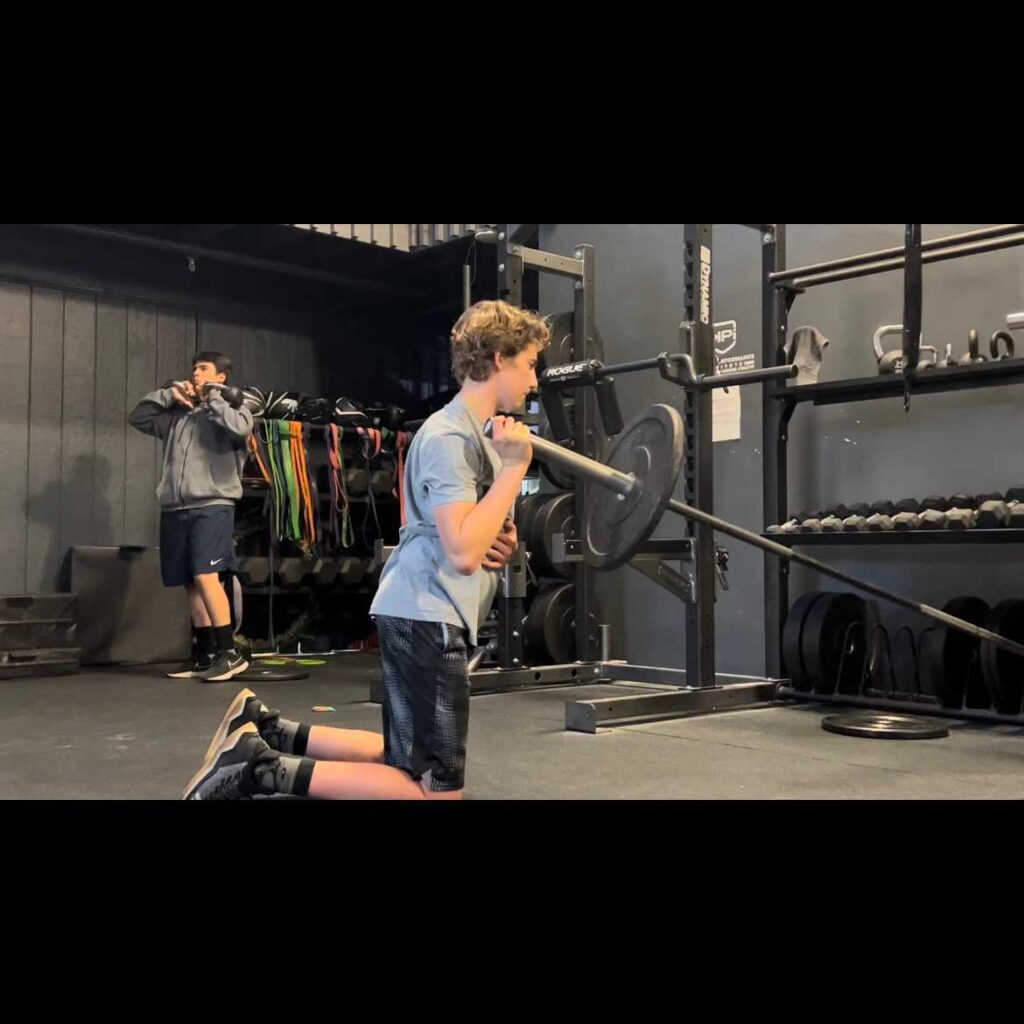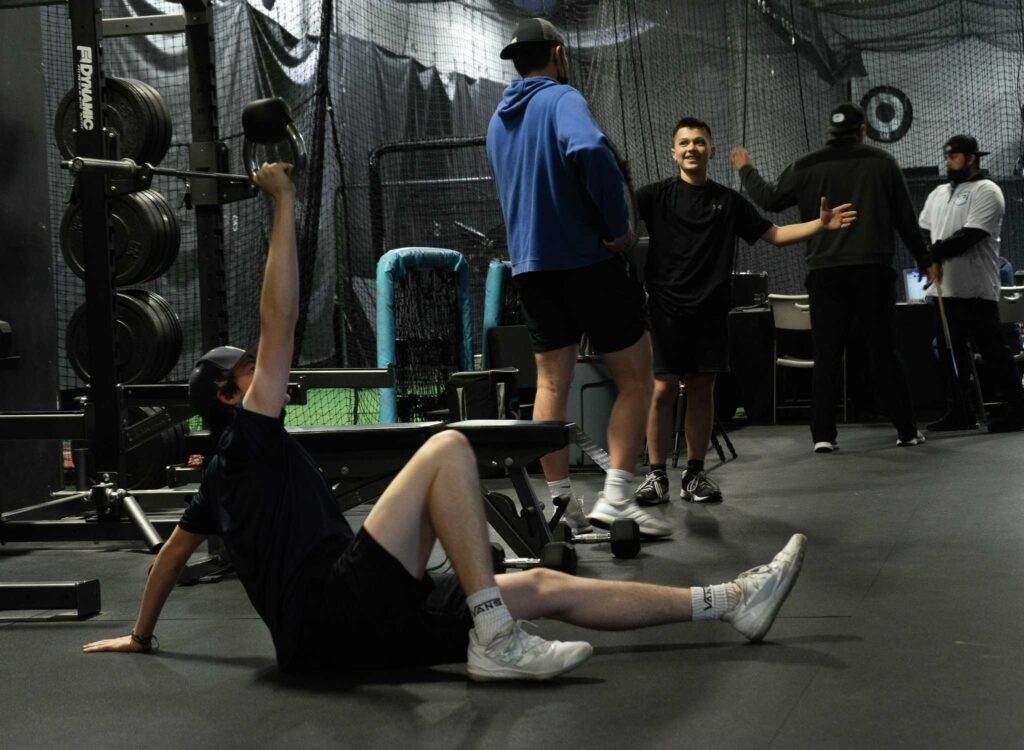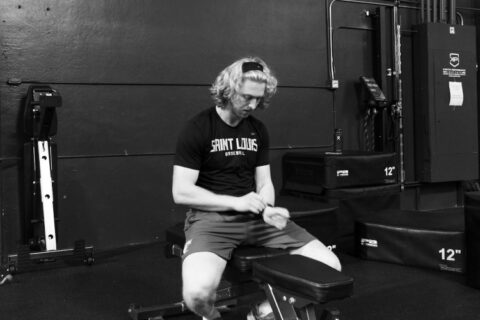How to Increase Pitching Velocity in the Weight Room
Customized Pitching Velocity Programs in the Bay Area
Most pitchers are judged by their velocity, so it’s essential that every pitcher works to increase their power. A pitcher’s velocity helps them be unpredictable, so the opponent cannot figure out their timing. Velocity represents the maximum speed of a pitch from its release to when it crosses the home plate. Since every pitcher’s velocity is unique due to their differing structures, there is no universal way to increase individual velocity. Kinetic Performance Institute helps Morgan Hill, CA, pitchers learn how to increase pitching velocity in the weight room and on the field using holistic athletic development. Contact us today to learn more about increasing a player’s athletic performance.

Why Does Pitching Velocity Matter?
Pitching velocity is vital to a pitcher because it helps make it harder for hitters to know their next move. When they master effective velocity, a pitcher can make their pitches look different to throw off opponents. Improving a player’s pitching velocity is an excellent way to succeed with scouts from Little League to the Major Leagues. The pitching velocity by age ranges from about 50 to 60 mph for an 11-year-old to the upper 80s by the end of high school.
Tips for Advance Pitching Skills
The most important thing is that every pitcher is built differently. The following tips on how to build pitching velocity will work differently for each pitcher. Increasing velocity in the weight room helps all pitchers increase their performance on the field. We help players find the tips that work for them.

- Increase Lower Body Strength: The hamstrings and glutes are some of the most powerful muscles in a pitcher’s body. Working on increasing lower body strength is essential for a player’s overall performance. Building lower body strength will add more lean muscle mass for athletic performance.
- Increase Output Power: Players can increase their force production with training strength. We recommend using weighted jumps to help pitchers produce force rapidly to increase their power. The equation of Force x Velocity for power is utilized in these exercises.
- Gain Lean Muscle Mass : Statistics show there is a positive relationship between body mass and velocity. Gaining lean muscle mass gives players more force when they move down the mound, affecting their velocity. Players mustn’t get too big too fast and lose their body’s stability.
- Increase Lead Leg IR: Internal Rotation is often lost in the lead leg during a pitch. When IR is lost, it affects the opposite arm’s IR because the body is not adequately helping to decelerate and causes other parts of the upper body to overcompensate. We recommend performing the single-leg deadlift to help strengthen the hips and boost the IR.
- Improve Anterior and Rotary Core Control: Increasing your core strength is vital to increase velocity. Since pitching is a rotational sport, the core is impacted by all rotational movements. We can help you increase your core strength to ensure your core, instead of your lower back or elbow, creates the separation you need to throw the ball adequately.
- Improve Posterior Cuff Strength: Arm speed and strength are the two main components of velocity. Throwing the ball increases arm speed but will not increase a player’s speed. It’s crucial to strengthen the posterior cuff to help decelerate the arm during throwing and get less bang on the front of the shoulder and less anterior glide.
- Improve Soft Tissue Quality: Soft tissues take a hit after a long season of playing ball. Pitchers are prone to loose joints, so extra attention must be paid to potential scar tissue. Improving soft tissue by using lacrosse balls, foam rollers, and tiger tails before workouts is vital to warm up the muscles.
- Create Dynamic Stability: Pitchers must create timing, strength, and stability in their shoulders. The trick is to learn to do these things while the arm is in motion. More injuries are caused by improper cuff firing than cuff weakness.
- Improve Core Stability: The lower body supplies over half of a pitcher’s power. When a player’s core is not strong enough to correctly transfer the upper body power through the arm, they lose vital movement. It’s essential to improve a player’s core to throw as hard and accurately as possible.
- Rest: One of the most important parts of learning how to increase pitching velocity is to rest. Resting a player’s arms and hips helps with losses of IR. Young pitchers must remember that velocity requires arm speed and arm strength, so endurance is essential to optimal performance. Take time to put down the ball in the offseason to help the body rest.
Contact KPI for Pitching Velocity Programs
Improving a player’s velocity is a process. We emphasize arm care and boosting overall strength and endurance. Our team can help baseball and softball players improve their velocity in many ways, from pitching drills to increase velocity to using arm sensors to measure a player’s range of motion and strength. Kinetic Performance Institute helps players in the Bay Area learn the safest and best ways to improve their overall performance. Contact us today to get more information about learning how to increase pitching velocity.

